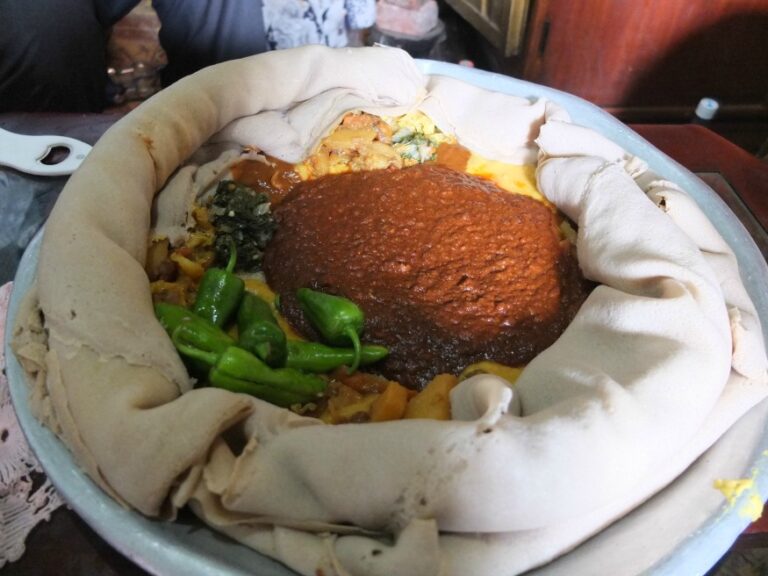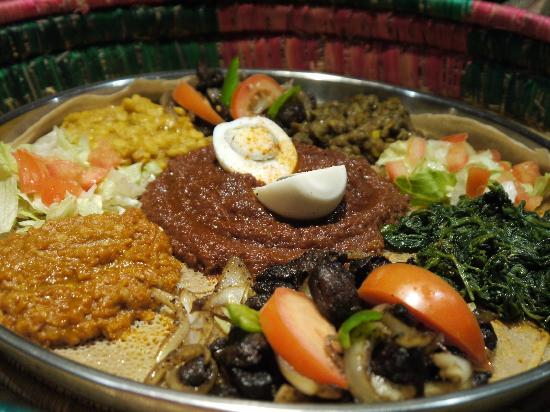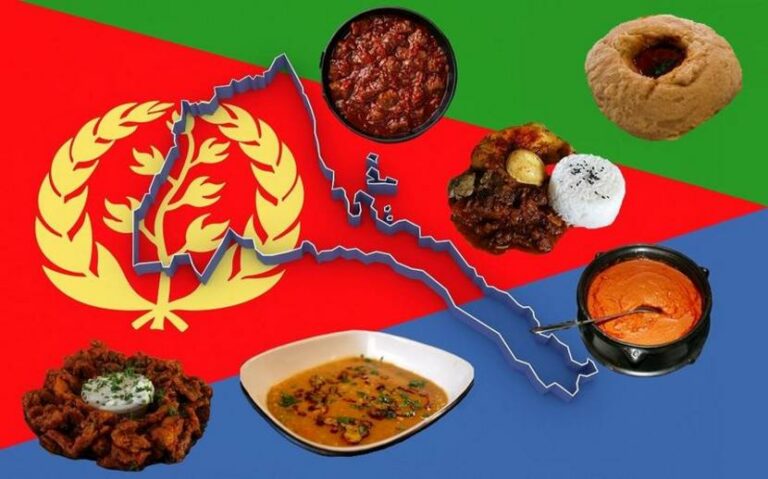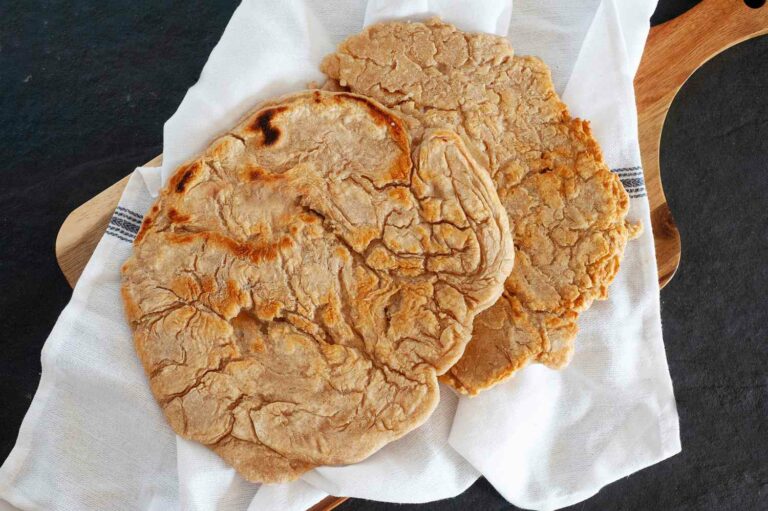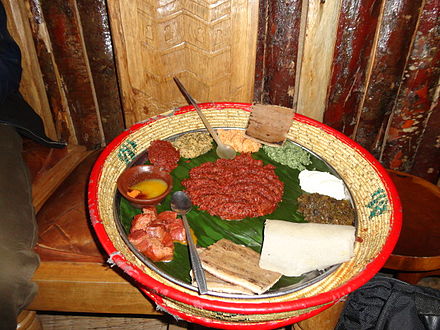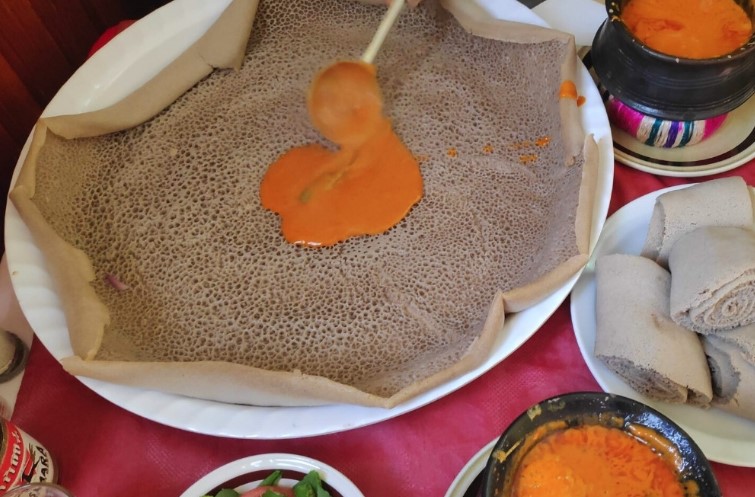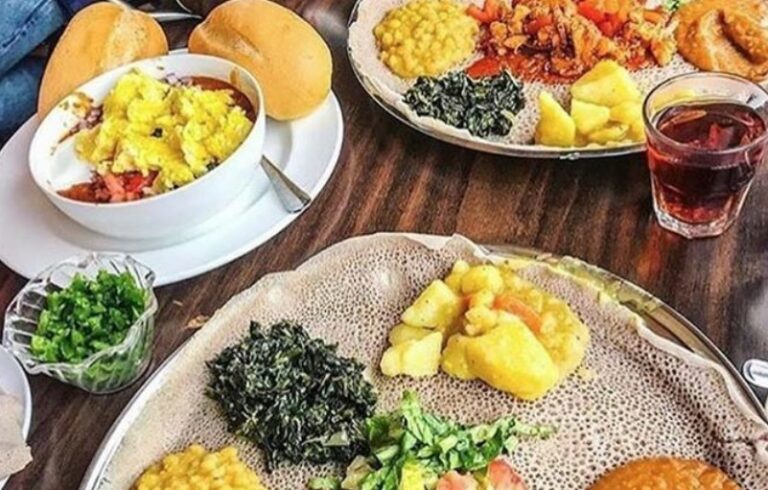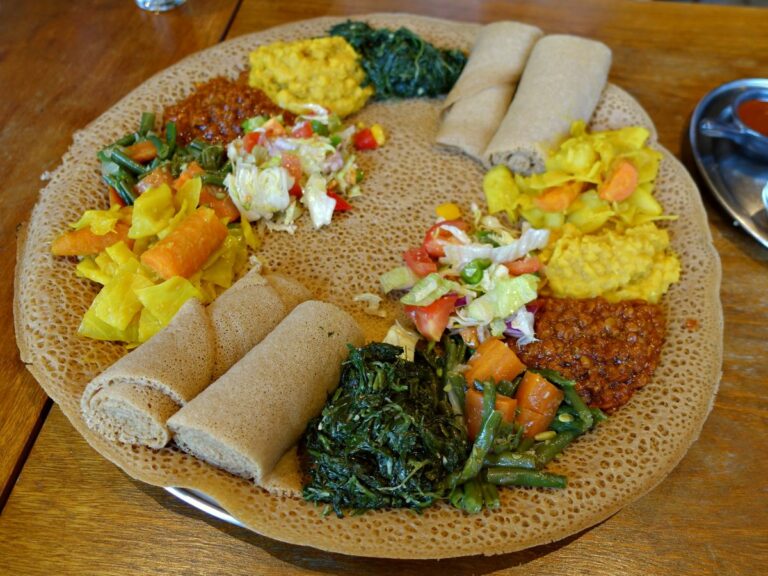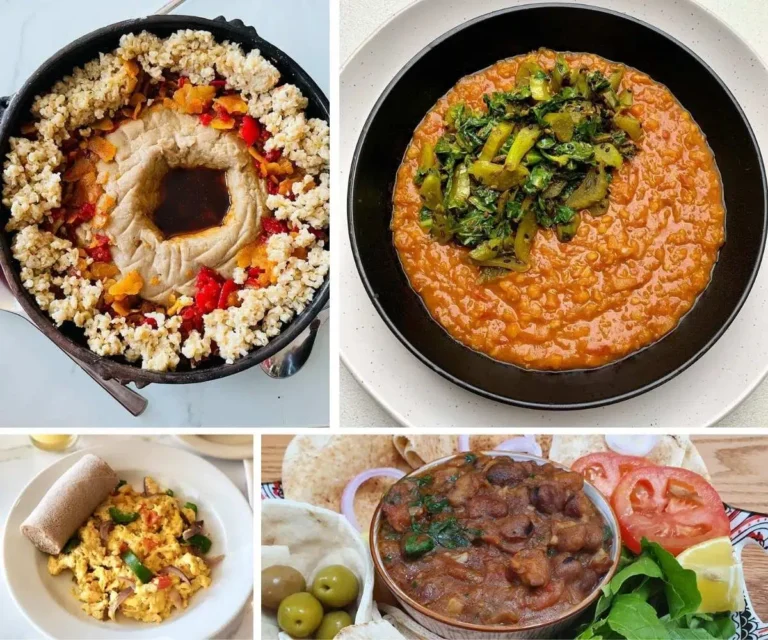Introduction: Eritrean Desserts
Eritrean cuisine is rich and diverse, with a fusion of African, Middle Eastern, and Mediterranean flavors. The country’s desserts are no exception, offering a variety of sweet and savory treats. From rich pastries to classic biscuits, Eritrean desserts are sure to please any sweet tooth. In this article, we will explore some of the most popular Eritrean desserts that you must try.
Traditional Eritrean Desserts
Eritrean cuisine is heavily influenced by the country’s history and culture. As a result, traditional Eritrean desserts are a blend of different cultural influences. The desserts are typically made with ingredients such as honey, dates, nuts, and spices. Many of them are also vegan and gluten-free, making them suitable for a variety of dietary requirements.
Zigney – Rich and Sweet Pastry
Zigney is a rich and sweet pastry that is popular in Eritrea. It is made with layers of buttery dough that are rolled out and filled with a mixture of sugar, cinnamon, and nuts. The pastry is then baked until it is golden brown and crispy. Zigney is often served during special occasions such as weddings and holidays.
Taita – Classic Eritrean Biscuits
Taita is a classic Eritrean biscuit that is made with semolina flour, sugar, and butter. The dough is shaped into small rounds and then baked until they are golden brown. Taita is often served as a snack or with tea and coffee.
Gogo – A Staple Eritrean Sweet
Gogo is a staple Eritrean sweet that is made with sesame seeds and honey. The mixture is heated and then rolled into small balls. Gogo is a popular snack that is often sold on the streets of Eritrea.
Shorba – Eritrean Vermicelli Dessert
Shorba is an Eritrean vermicelli dessert that is made with vermicelli noodles, sugar, and spices. The noodles are cooked in water until they are soft, and then sugar and spices are added to the mixture. Shorba is typically served cold and is a refreshing dessert on a hot day.
Halva – A Popular Eritrean Dessert
Halva is a popular dessert in Eritrea that is made with sesame paste and honey. The mixture is cooked until it becomes thick, and then it is poured into a tray to cool. Once it is cool, it is cut into small squares and served as a snack or dessert.
Conclusion: Enjoy Eritrean Desserts
Eritrean desserts are a delicious and unique blend of cultural influences. From rich pastries to classic biscuits, Eritrean desserts offer something for everyone. So the next time you are looking for a sweet treat, be sure to try one of these popular Eritrean desserts.

